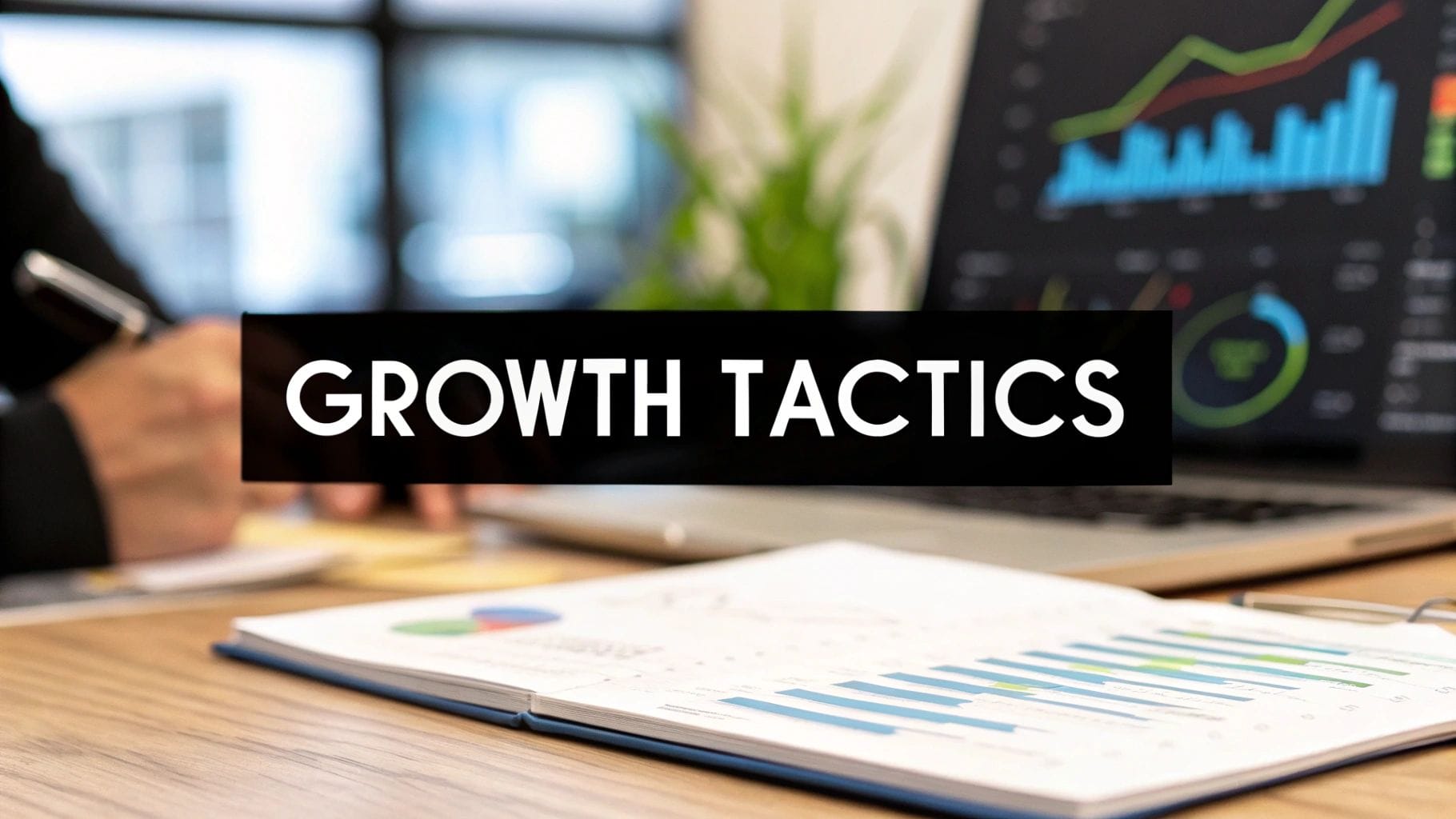Managing contacts properly is essential for everyone in the modern society. One might easily become lost in an ocean of connections available online. Still, it goes beyond just organizing numbers and names. It’s about improving communication and facilitating more seamless work.
Effective contact management reduces tension and guarantees that you won’t overlook significant relationships. Anyone who runs a business, works hard, or enjoys networking has to be in constant motion. Having a good strategy for handling contacts will affect your interactions with people.
Making contact management simple is the aim, I have found. Using the correct tools and techniques can help you to maintain the organization of your contacts. This system functions on every device and platform you own.

Key Takeaways
- Centralize contact information across multiple platforms
- Reduce communication complexity with smart management strategies
- Improve professional and personal networking capabilities
- Save time through efficient contact organization
- Enhance communication reliability and responsiveness
Understanding Modern Contact Management Essentials
Contact management has changed a lot in recent years. It now helps us organize and connect with people in new ways. The old ways of keeping an address book are no longer needed.
Digital tools have changed how we manage contacts. We no longer use paper address books. These old methods were limited and hard to access.
The Evolution of Address Books
Address books have changed a lot. They used to be simple notebooks. Now, they are digital platforms with many features.
- Handwritten directories in personal notebooks
- Basic digital spreadsheets
- Cloud-based contact management systems
- Integrated smartphone contact applications
Key Components of Effective Contact Organization
Good contact management needs a few key things. These include:
- Centralized data storage
- Real-time synchronization
- Comprehensive profile details
- Advanced search capabilities
Why Traditional Methods Fall Short
Old ways of managing contacts don’t work well today. Paper systems are too rigid, and simple digital lists get outdated fast. Effective contact organization needs tools that work well across different devices.
Using modern digital tools can turn your address book into a powerful networking tool.
Best Practices to Manage Contacts Across Platforms
Managing contacts across different platforms is complex. It needs smart planning and tools. It’s not just about storing info. It’s about making a system that works everywhere.
To make contact tracking easier, follow these tips:
- Standardize contact information entry
- Use cloud-based synchronization tools
- Regularly clean and update contact databases
- Create consistent tagging and categorization systems
Keeping data the same is key to good contact management. It works whether you’re using personal or work platforms. It stops mistakes and keeps communication smooth.
“Your contact database is your most valuable networking asset—treat it with precision and care.”
I’ve found a way to track contacts well. It makes sure you don’t miss any important connections. With smart ways to organize, your contact management can go from messy to smooth.
| Platform | Sync Capability | User-Friendliness |
|---|---|---|
| Google Contacts | High | Excellent |
| Apple Contacts | Medium | Very Good |
| Microsoft Outlook | High | Good |
Good contact management is about keeping strong relationships. It’s not just about collecting names and numbers.
Leveraging CRM Tools for Personal Contact Management
Managing contacts is absolutely vital in the digital environment of today. Tools for customer relationship management (CRM) help to simplify this. They affect our methods of tracking our business and personal contacts.

CRM solutions offer more than just address books. They let you build detailed contact profiles and track interactions. You can also keep a record of all your relationships.
Popular CRM Solutions for Personal Use
There are many CRM tools made for personal use:
- HubSpot CRM (Free personal version)
- Zoho CRM
- Pipedrive
- Salesforce Essentials
Seamless System Integration
The best CRM tools work well with other systems. Look for one that connects with:
- Email clients
- Calendar applications
- Social media platforms
- Messaging services
Time-Saving Automation Features
Automation is a big plus of CRM tools. They can:
- Update contact info
- Schedule reminders
- Track communication
- Make reports
Choosing the right CRM can really help your communication at work and with friends.
Smart Strategies for Contact Organization and Categorization
Managing contacts is more than just storing numbers and emails. I’ve created a system for organizing contacts that makes communication easier for everyone.
Creating a smart categorization system is key to good contact management. I suggest using a detailed tagging method. This lets you sort and find contact info fast, based on different criteria:
- Professional relationships
- Personal connections
- Interaction frequency
- Industry or business sector
- Geographic location
I prefer using digital tools for contact management because they offer flexible categorization. Color-coding and custom tags make your contact database easy to use. You can find what you need quickly and easily.
A well-organized contact list is your most powerful networking asset.
Keeping your contact list up to date is important. I recommend reviewing your contacts every quarter to:
- Remove outdated contacts
- Update current information
- Consolidate duplicate entries
- Refresh relationship tags
By using these strategies, you’ll have a dynamic and responsive network. It will grow with your professional and personal life.
Contact Synchronization Across Multiple Devices

We have to sync our contacts across all devices seamlessly today. Our personal and professional life are today more entwined than they were years ago. Thus, good management of our interactions is essential.
Modern methods of contact have revolutionized our means of communication. Services based on clouds provide instantaneous contact updating. Old contact lists are therefore not included here.
Cloud-Based Synchronization Strategies
Good contact syncing relies on strong cloud tech. Here are some top strategies:
- Use cloud storage for contacts
- Choose platforms with automatic backups
- Find services that work with many devices
Preventing Data Conflicts
Data conflicts can mess up your contact management. To avoid these issues, try these steps:
- Turn on version control
- Check for data reconciliation often
- Use one contact management platform
Real-Time Updates Management
Real-time syncing keeps your contacts up to date. Now, tools offer instant updates on phones, tablets, and computers. This keeps your network in sync.
Choosing the right tools for syncing contacts can change how we communicate online. It makes staying connected across devices easy.
Securing Your Contact Database: Backup and Protection

Protecting your contact database is key in today’s world. I’ve learned that keeping your contacts safe needs a smart plan. Losing important contact info can really hurt your work and personal life.
I suggest having a strong backup plan for your contacts. The best ways include:
- Cloud-based contact storage solutions
- Local device backups
- Multiple synchronization points
- Regular data verification processes
Looking into backup options, I found some important tips to keep your info safe:
- Use encrypted cloud storage services
- Enable two-factor authentication
- Perform weekly backup checks
- Create redundant backup systems
Digital security is not just about storing data—it’s about protecting your professional and personal connections. Keeping your contacts safe needs constant care and smart protection plans.
“Your contacts are your network—protect them like your most valuable asset.”
Choosing the right backup solution depends on what you need. Google Contacts, iCloud, and Microsoft OneDrive are good for syncing across devices. They help keep your contact list safe and easy to reach.
Mastering Contact Import/Export Procedures
Dealing with contact import/export can seem like a big puzzle. It’s all about moving data smoothly between different places. I’ll show you how to make this process easy and quick.

Getting good at contact import/export means knowing a few key things. It’s not just about moving names and numbers around.
File Format Compatibility Essentials
When you move contacts, you’ll run into many file types. Here are some common ones:
- CSV (Comma-Separated Values)
- VCF (Virtual Contact File)
- XML (Extensible Markup Language)
- TSV (Tab-Separated Values)
Bulk Transfer Solutions
Transferring lots of contacts needs a plan. Use special tools that can handle big amounts of data well.
| Transfer Tool | Best For | Capability |
|---|---|---|
| Google Contacts | Gmail Users | Easy CSV Import/Export |
| Microsoft Outlook | Enterprise Users | Advanced Contact Management |
| Apple Contacts | iCloud Users | Seamless Device Sync |
Data Cleaning Techniques
Before you import contacts, do these important cleaning steps:
- Remove duplicate entries
- Standardize contact information
- Verify email and phone number formats
- Delete obsolete or incomplete records
By getting good at contact import/export, you’ll make your contact management better. You’ll keep your data accurate and efficient everywhere.
Conclusion
Effective contact organization is more than just storing info. It’s about making real connections. We’ve looked at ways to manage contacts that change how we connect with others. The right method can turn a messy address book into a strong tool for communication.
Today, we have new tech to help us manage contacts better. Cloud-based tools and CRM platforms give us many ways to keep our contacts in order. By using these tips, you can make your digital contacts easier to handle and save a lot of time.
Start small and keep working on your contact system. These strategies help everyone, from networking pros to those keeping personal contacts tidy. Remember, managing contacts is a journey. Stay open to new tech, and keep your digital network strong.
As digital talk grows, those who get good at managing contacts will stand out. Your network is key to success. It can lead to new chances, stronger bonds, and better work and personal life.
FAQ
What are the most important features to look for in a contact management system?
When picking a contact management system, look for key features. These include cloud syncing, easy import and export, and strong search. Also, customizable tags, integration with other platforms, and top-notch security are important. These features help keep your contacts organized and up-to-date on all your devices.
How often should I update my contact database?
Update your contact database at least every three months. During these updates, remove old contacts and check for errors. Update job titles and clean up duplicates. Regular updates keep your system accurate and useful.
What’s the best way to prevent losing important contact information?
To avoid losing contact info, use multiple backup methods. This includes cloud backups, local backups, and exporting to a secure spreadsheet. Also, use tools for automatic syncing and consider a CRM system with strong backup features.
Can I merge contacts from different platforms?
Yes, most modern contact management tools let you import from various platforms. You can import from email clients, social media, and spreadsheets. Just be ready to clean up any duplicates.
How do I protect the privacy of my contacts?
To protect your contacts’ privacy, use strong passwords and two-factor authentication. Limit who can see your contacts and regularly check access. Use encrypted storage and be careful sharing with third-party apps.
What are the benefits of using a CRM for personal contact management?
Personal CRM tools offer many benefits. They track contacts, keep notes, and remind you of interactions. They also integrate with communication platforms. This helps you build stronger relationships by keeping context and staying proactive.
How can I efficiently organize my contacts?
Organize your contacts with a systematic approach. Use consistent tags, categorize by relationship type, and add notes. Use colors or ratings to quickly see contact importance. This makes managing contacts easier and more effective.
What file formats are best for contact exports?
The best formats for contact exports are CSV and VCF. These formats are widely compatible, making it easy to transfer and backup your contacts. They help keep your contact information safe and accessible.




Leave a Reply